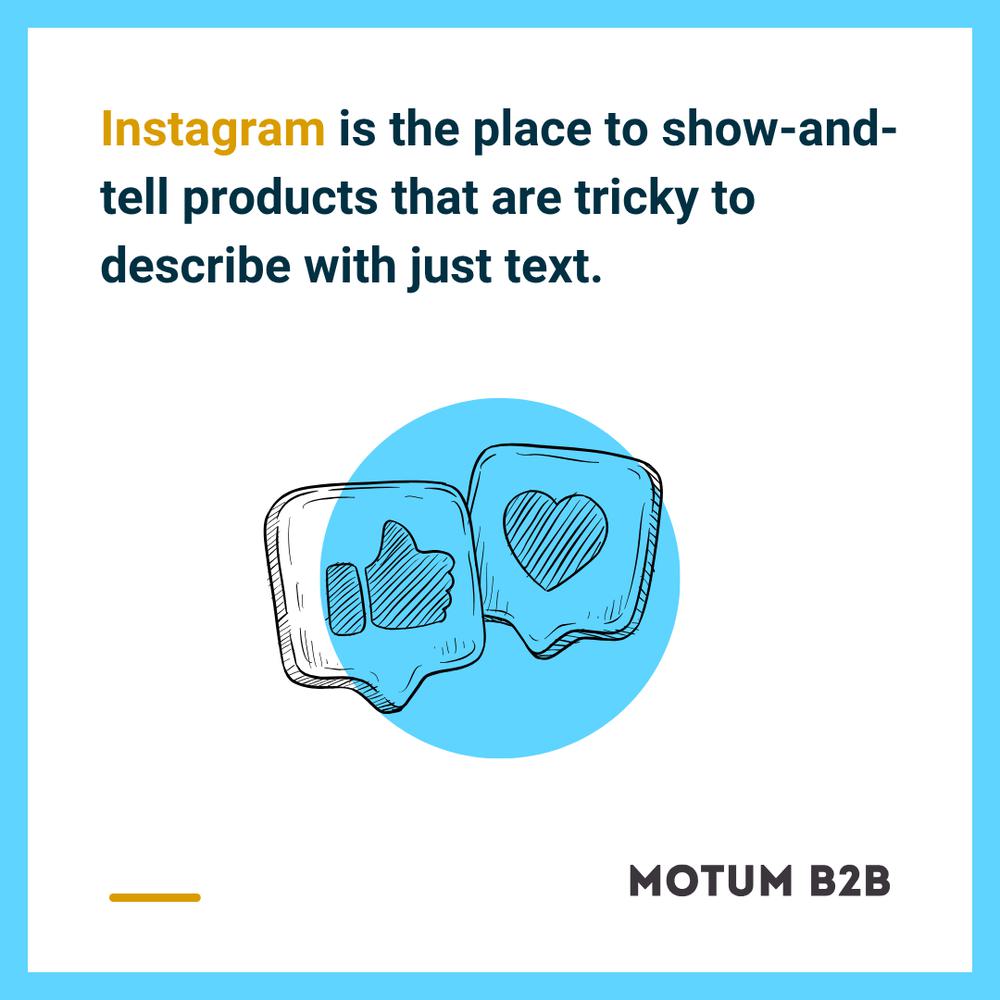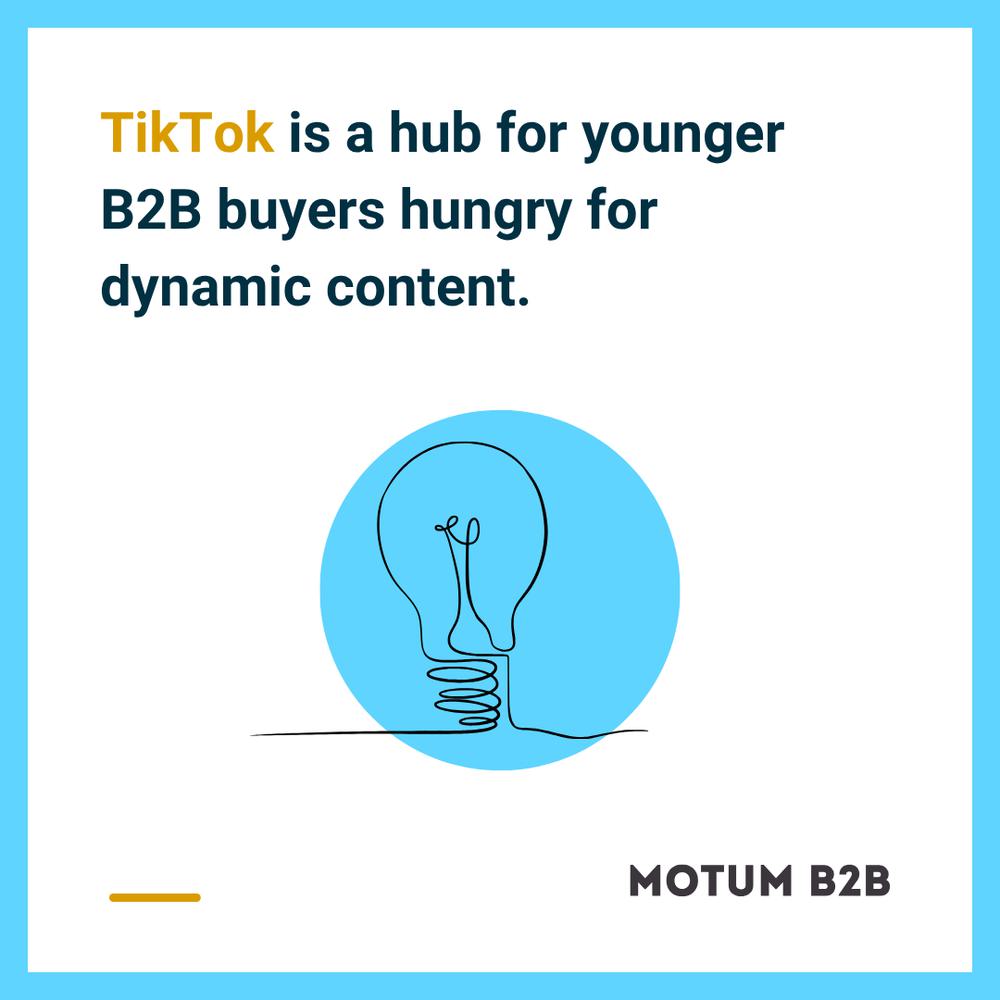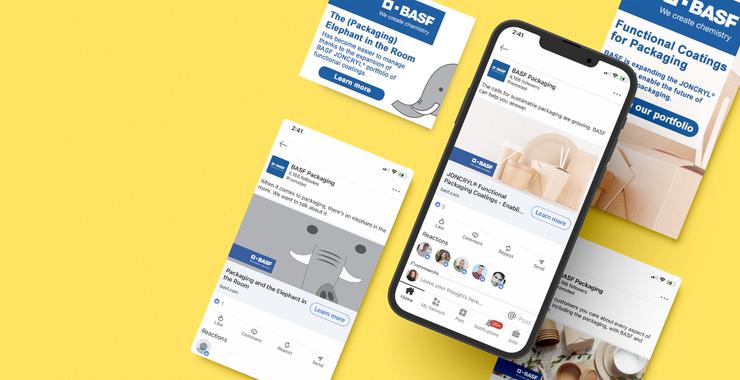Which social media platforms should your B2B business use?
From LinkedIn to TikTok, knowing which platforms to use can feel overwhelming. We break down the top contenders and why they’re worth your time.

The B2B sales funnel isn’t what it was and neither are its buyers. With over 70% of B2B buyers now falling into the Millennial and Gen Z cohorts, and with 50% of younger B2B buyers now relying on social media and their personal networks when making purchasing decisions, it's more important than ever to get your social strategy right.
Part of that is choosing the right channels. As Wamfa Kumdoung, our Social Media Specialist, says, "Not all social platforms serve the same purpose or audience. The goal for B2B companies is to reach decision makers, build trust, and show industry expertise. By focusing on the right channels, marketers can tailor their strategy and messaging to the platform's audience. It's not about being everywhere. It's about being where your audience is, and where your content will have the most impact."
To help get that strategy going, or at least push it in the right direction, we’re going to break down the major platforms B2B brands are using to get engagement.

The best overall platform for the sheer size of its B2B audience.
Known as the social media platform for B2B marketing, LinkedIn is the platform to find, follow, and close leads (so much so that a 2020 study found that it generated the highest visitor-to-lead conversion rate).
How should you use it?
As the place your audience is most likely to live, having a presence on LinkedIn is a no-brainer. It's the place where you can meet prospective clients already following you, make the most of its advanced search to connect with new ones, and experiment with both short-form content and longer features like whitepapers and reports.
Beyond that, LinkedIn is home to several specific tools you can leverage to position your B2B business as a thought leader and get the word out.
That includes LinkedIn Newsletters, the option to create targeted ad campaigns, and showcase pages designed to highlight specific brand initiatives under your business’ wider umbrella. Showcase pages also make your page look very polished, which goes hand in hand with LinkedIn's other strength: finding and hiring top talent.
The place to show-and-tell products when they’re tricky to describe with just text.
Instagram has changed a lot since its launch in 2010. What was once a simple photo-sharing platform is now a place for short videos, live streaming, and even shopping. You probably use Instagram in your personal life and don’t see much benefit for B2B marketers, but its visual-first approach offers marketers an opportunity to demonstrate your brand, product, or service in action.
How should you use it?
Instead of approaching Instagram as a lead generator, as you would LinkedIn, think of it as an ideal place to make the most of its visual-first approach and highlight the human side of your business.
That could include behind-the-scenes content, employee-generated content, or even how-to and FAQ posts featuring your team. With this approach, it’s also worth thinking about Instagram as a recruitment tool as opposed to a lead generator, and how you can appeal to talent on a human level while giving them an insider look at your ethics and business.

Its paid advertising options are ideal in helping you find and reach your niche.
Organic reach may be on the decline for Facebook but, with over 3 billion monthly active users, there’s no denying how much its popularity can be used to reach a B2B audience.
How should you use it?
Like LinkedIn, there’s a good chance your target audience is living here, and it supports all sorts of content types like videos and carousels to reach them. It also has a suite of tools ready to make the most of.
That includes detailed advertising options and lots of niche, specialized groups where communities of professionals will gather to discuss similar interests, industry trends, and more.
YouTube
The platform to amplify your B2B video marketing strategy.
Video is a key focus for B2B marketers in 2025, with 53% prioritizing investment in it this year. As a result, YouTube is emerging as a key social media platform not just to host longer videos but shorter content, which 63% say is helping inform B2B buying decisions.
How should you use it?
As a platform with a vast audience, there’s a good chance the people you want to reach are already here, and its built-in analytics and ability to embed video content in other content formats makes it a place worth publishing. As we outlined in a recent blog, the best video content is simple, human, and emotionally driven, all of which can help build an engaged community on YouTube.
TikTok
A hub for younger B2B buyers hungry for dynamic content.
As the newcomer on this list, TikTok has only been around since 2016 but has made an impressive impact for its short video format and entertaining approach to music. On the surface, it may not feel like an ideal place for B2B marketers, but a creative approach can attract an audience segment you may be missing on other platforms.
How should you use it?
We’ve talked at length about the changing younger B2B buyer and how their demands are different, and TikTok is the perfect place to capture their attention.
As a platform focused on short-form video (still images work too!), trend-led content, and an algorithm that can work with rather than against you, it’s a space to get creative.
Think back to what we were saying about Instagram and creating human-led content. This is where you can do that, alongside trying something new like collaborating with an industry influencer (something 81% of B2B marketers are dedicating marketing budget to), or running a giveaway. It's also the perfect place to share content that's quicker and unpolished, which only adds to the authenticity.
Whichever platform you’re using or planning to use, there are a few points we wanted to mention:
- Don’t feel like you need to be active everywhere
While there’s a temptation to be active in as many places as possible, good social media content takes time. Rather than split that time too thin, choose a couple of platforms to focus on and double down on those.
- Stay ahead of what’s happening
In recent months, Twitter, or X, has undergone huge transformation, causing brands and advertisers to abandon the platform (something we also recommend). On the other hand, Reddit is emerging as the new place for B2B marketers thanks to its authentic user recommendations and unique marketing value. Social media moves fast, and staying informed on trends, updates, and new feature releases is only going to help you in the long run.
- Define what success looks like
What looks like success to you may not look like success for another B2B business. With any social media strategy, it’s important to define what goals you need to achieve success, and how you can harness social media to reach them.
- Check your results regularly
Once you’ve defined success and created a strategy for the right platforms, make sure you check your analytics and results regularly. Doing so will pinpoint what’s working, uncover what isn’t, and help you pivot to fill the gaps.
